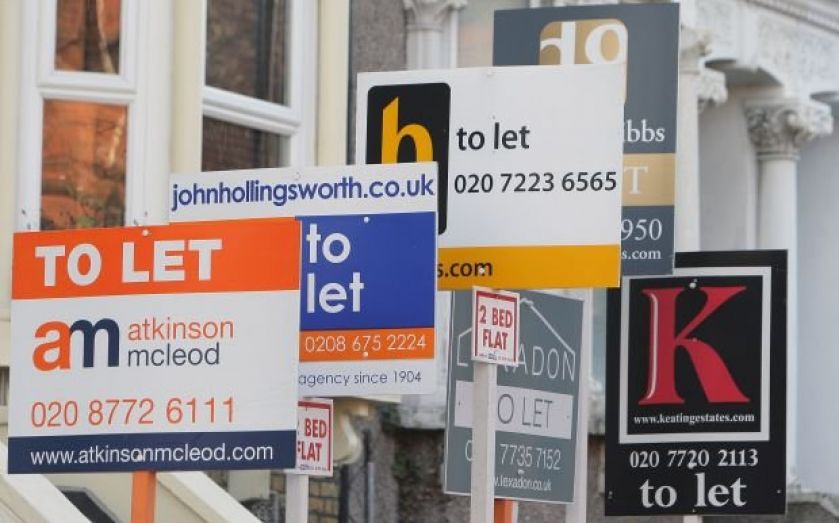In graphs: UK house prices rise just 0.1 per cent in July

First it was the Land Registry telling us and now it's Nationwide: the upward spiral of house prices is coming to an end, at least for now.
The latest figures from Nationwide show that the average house price in the UK rose by just 0.1 per cent, below expectations of a 0.5 per cent increase and lower than the one per cent increase we saw in June.
These figures complement those released earlier in the week by the Land Registry, which found that the average selling price of a property across England and Wales had remained exactly the same, indicating a fall in real terms, due to inflation.
Nationwide also saw the year-on-year change fall below expectations at 10.6 per cent.
Here are the seasonally adjusted monthly changes:
As we can see such drops are not unprecedented, but it is still quite a drop. It is likely down to changes in buyer sentiment and an overall drop in demand. Without the upward pressure on prices caused by a relative dearth of supply, prices are not pushed into such high rises.
Robert Gardner, Nationwide's chief economist, said:
Although UK house prices recorded their fifteenth successive monthly increase in July, the pace of growth slowed. The price of a typical home increased by just 0.1% over the month, while the annual rate of price growth moderated to 10.6% from 11.8% in June.The slowdown was not entirely unexpected, given mounting evidence of a moderation in activity in recent months. Mortgage approvals declined by almost 20% between January and May, and there has also been some softening in forward looking indicators, such as new buyer enquiries.
Year-on-year data isn't seasonally adjusted because each month is compared to the corresponding month a year earlier, when the same seasonal conditions should theoretically be in place. This data actually shows more of a plateau than a drop.
Paul Smith, CEO of Haart, the UK’s largest independent estate agent, said:
House prices are not falling off a cliff, these latest figures show they are currently having a welcomed ‘pit-stop’ – which is necessary for long-term, sustained growth. Annual growth figures are always a far more reliable indicator of long term trends.
Some areas of the capital are undergoing a price correction whereby people are not willing to pay the prices as they stand, but the laws of supply and demand are still in place and we are seeing steady house price growth in the country as a whole. All elements are pointing to a very busy autumn for the market.
Another measure to come out of the Nationwide report is the price to earnings ratio. Looking at this measure, prices are also some way behind past zeniths despite real wages rising far slower than either house prices or inflation.
As we are yet to reach these peaks there remains the possibility that prices will rise for a while yet. As the house price to income ratio widens, so demand will slow, goes the logic. The prospect of interest-rate hikes from the Bank of England will affect the market too. Analysts seem to agree that this is unlikely to be the beginning of a drop, rather just a moderation in rises.
Howard Archer of IHS Global Insight said IHS belives that prices will increase by three per cent in the second half of the year and six per cent in 2015. He commented:
The marked slowdown in house price growth reported by the Nationwide in July is highly likely a consequence of the recent moderation in housing market activity.
However, one should be careful about interpreting too much from July’s marked slowdown in house prices. House prices can be volatile from month to month.
We take the view that house prices will keep on clearly rising over the coming months, but there will be some moderation from the recent peak levels. More stretched house prices to earnings ratios, the prospect that interest rates will soon start to rise (albeit gradually) and tighter checking of prospective mortgage borrowers by lenders will likely have some dampening impact on buyer interest.
[cam_houseprices]